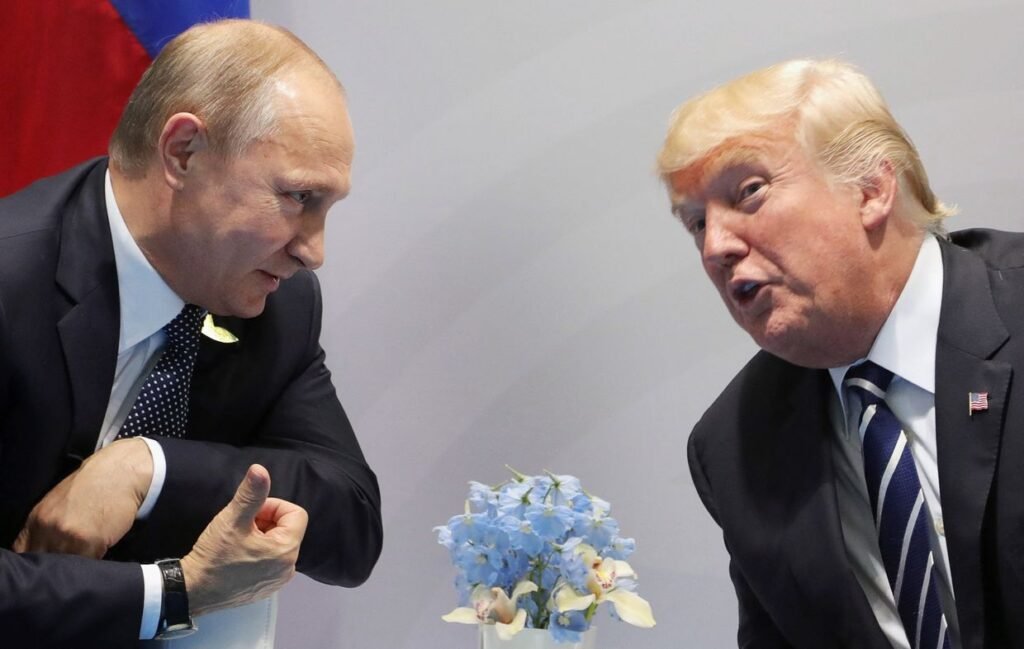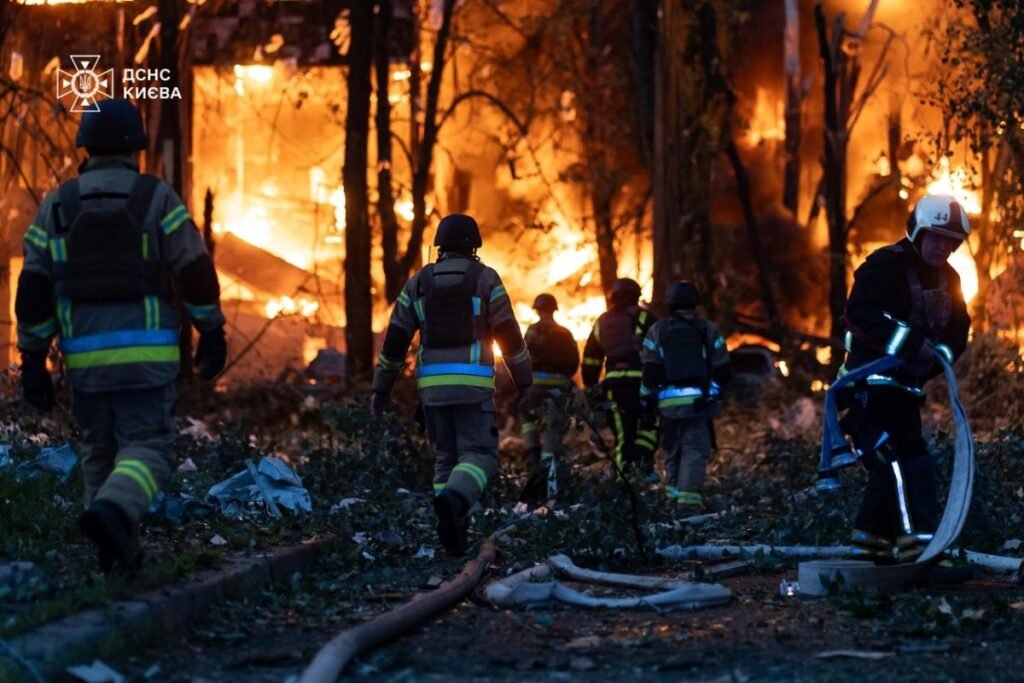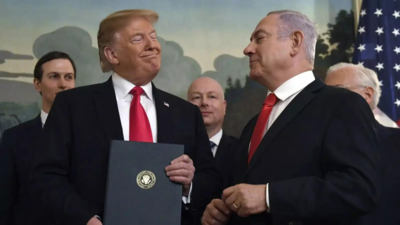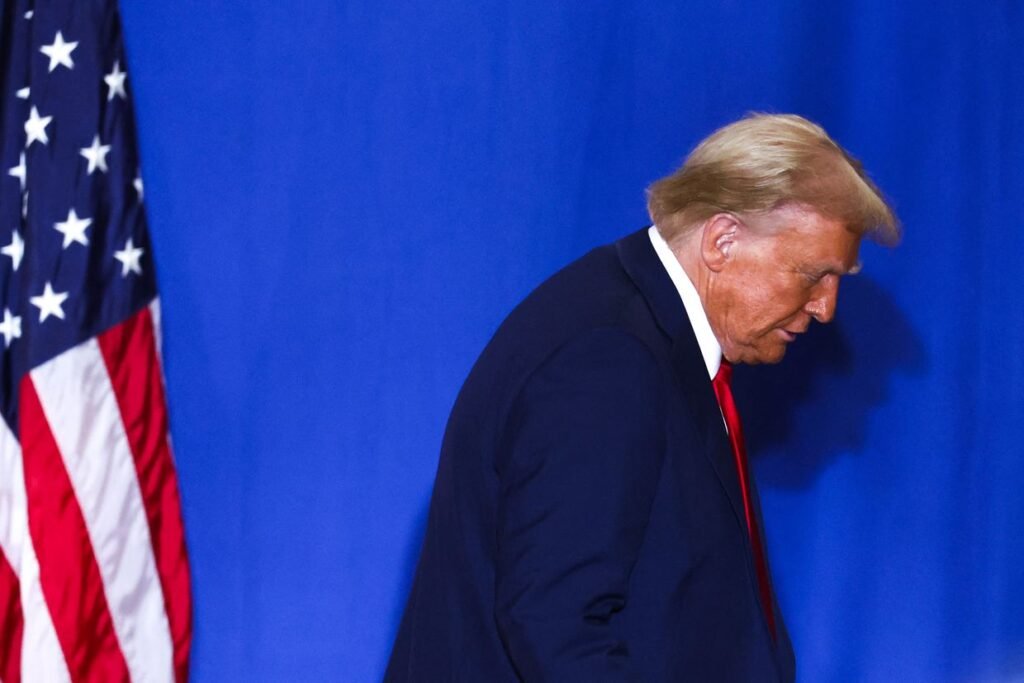US President Donald Trump has announced that the United States has “totally obliterated” three Iranian nuclear sites in what he called “spectacularly successful” strikes.
The military used so-called “bunker buster” bombs and missiles to target the heavily fortified Fordow facility as well as Natanz and Isfahan sites.
Trump’s decision to join Israel’s military campaign marks a sharp escalation in the region, which has seen more than 21 months of Israeli genocide in Gaza.
The US intervention comes more than a week after Israel launched an unprovoked strike on Iranian nuclear and military sites after accusing Tehran of making an atomic bomb.
Iran, as well as the United Nations nuclear watchdog, has rejected the claims that Tehran was on the cusp of developing nuclear weapons.
How did the attack happen, and which sites were targeted?
Trump announced the bombing of three of Iran’s main nuclear sites:
- Fordow Fuel Enrichment Plant – A heavily fortified, deeply buried uranium enrichment site near the northern city of Qom.
- Natanz Nuclear Facility – Iran’s main uranium-enrichment complex, located near Isfahan in central Iran.
- Isfahan Nuclear Technology Center – A key conversion and research facility south of Isfahan city.
According to US General Dan Caine, chairman of the Joint Chiefs of Staff, a large formation of seven B-2 stealth bombers, each with two crew members, was launched from the US on Friday at midnight as part of Operation Midnight Hammer.

To maintain tactical surprise, a decoy group flew west over the Pacific, while the main strike group headed east with minimal communications during an 18-hour flight.
At 5pm EST (1:30am local time and 21:00 GMT), a US submarine in the region launched more than two dozen Tomahawk missiles, striking surface infrastructure targets in Isfahan.
At 6:40pm EST (2:10am Iran time and 22:40 GMT), the lead B-2 dropped two GBU-57 Massive Ordnance Penetrators (MOPs) on Fordow, followed by a total of 14 MOPs dropped across Fordow and Natanz.
All three nuclear sites—Fordow, Natanz, and Isfahan—were hit between 6:40pm and 7:05pm EST (1:30am-2:10am local time; 22:40-23:10 GMT). The final wave of Tomahawk missiles struck Isfahan last to preserve surprise.
In total, more than 125 US aircraft participated, including stealth bombers, fighter jets, dozens of tankers, surveillance aircraft, and support crews.
The Pentagon described it as the largest B-2 combat operation in US history and the second-longest B-2 mission ever flown. Force protection across the region was elevated in anticipation of potential retaliation.

Where are Iran’s nuclear sites?
Iran’s nuclear programme is spread across several key sites. While Iran insists its programme is peaceful and aimed at energy and medical research, the US and Israel remain deeply suspicious.
Iran’s resumption of uranium enrichment after the US withdrawal from the 2015 nuclear deal in 2018 has only deepened tensions. Israel, which had vehemently opposed the nuclear deal under US President Barack Obama, has vowed to prevent Iran from acquiring nuclear weapons by any means necessary. On June 13, it launched strikes on Iran a day ahead of a sixth round of US-Iran nuclear talks.

Attack on Fordow
Iran’s Fordow Fuel Enrichment Plant, located about 95km (60 miles) southwest of Tehran, is built deep inside a mountain, reportedly up to 80-90 metres (260-300 feet) underground, to survive air strikes and bunker buster attacks.

According to Sanad, Al Jazeera’s fact-checking agency, three locations show damage: two craters resulting from bunker-busting bombs, and a damaged air defence site designed to shield the nuclear reactor.
Mehdi Mohammadi, an adviser to the chairman of the Iranian parliament, claimed that the US attack was not surprising and that no irreversible damage was sustained during the strikes. He added that authorities had evacuated all three sites in advance.

Attack on Natanz
Natanz nuclear facility, the largest uranium enrichment site in Iran, is located in Isfahan province.
In a previous attack on June 15, the above-ground section of a pilot fuel enrichment plant, where uranium was enriched up to 60 percent, was destroyed by an Israeli strike, according to the International Atomic Energy Agency (IAEA).
Natanz’s key electricity infrastructure, such as the substation, main power building, emergency supply, and backup generators, was also destroyed. There was no direct hit on the underground cascade hall, but the power loss may have damaged centrifuges used for uranium enrichment.

Attack on Isfahan
Isfahan Nuclear Technology Center is a key conversion and research facility south of Isfahan city. It plays a critical role in preparing raw materials for enrichment and reactor use.
This is the third time Isfahan has been struck since Israel launched attacks across Iran on June 13, prompting fears of a regional escalation.
Bunker buster bombs
The strikes on Iran’s nuclear sites were conducted using B-2 stealth bombers armed with so-called “bunker buster” bombs, alongside submarine-launched Tomahawk cruise missiles.
Experts have long noted that the Fordow Fuel Enrichment Plant—buried deep within a mountain—could only be destroyed by the US’s 30,000-pound (13,600kg) Massive Ordnance Penetrator, the world’s most powerful bunker-busting bomb. The US remains the only country known to possess this weapon.

No signs of contamination
Iran’s nuclear agency said on Sunday that radiation monitoring and field assessments show no signs of contamination or risk to residents near the targeted sites.
“Following the illegal US attack on the Fordow, Natanz, and Isfahan nuclear facilities, no contamination has been recorded,” the agency posted on social media. “There is no danger to residents around these sites. Safety remains stable.”
In a separate statement, the Atomic Energy Organization of Iran vowed that its nuclear activities would continue despite the strikes, saying it “assures the great Iranian nation that, despite the hostile conspiracies of its enemies, the efforts of thousands of committed and revolutionary scientists will ensure that this national industry—built on the blood of nuclear martyrs—will not be stopped”.
The IAEA, the UN nuclear watchdog, also did not notice an increase in radiation levels near the targeted sites.
The attacks came as Israel and Iran have been engaged in more than a week of aerial combat, with more than 400 killed in Iran and 24 casualties reported in Israel.
Six Iranian scientists, two of whom were prominent nuclear scientists, were also killed in Israeli strikes.








